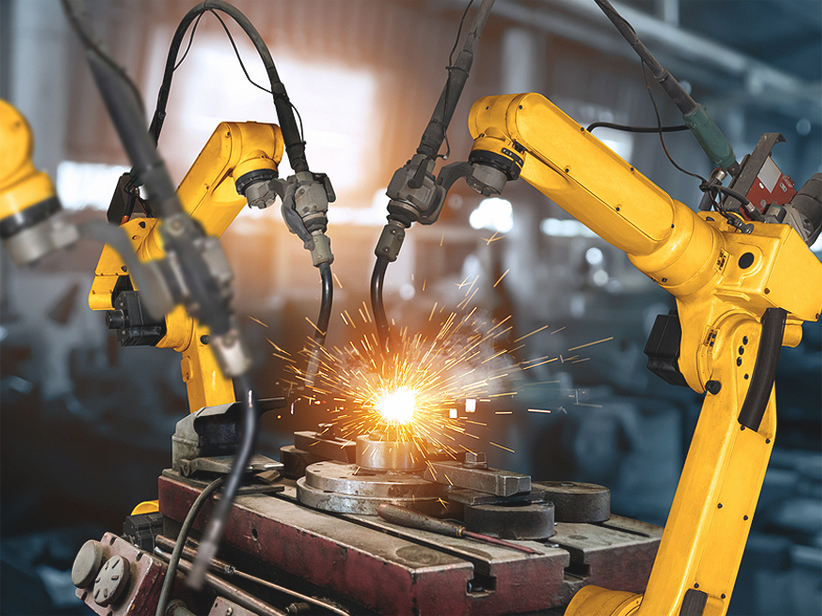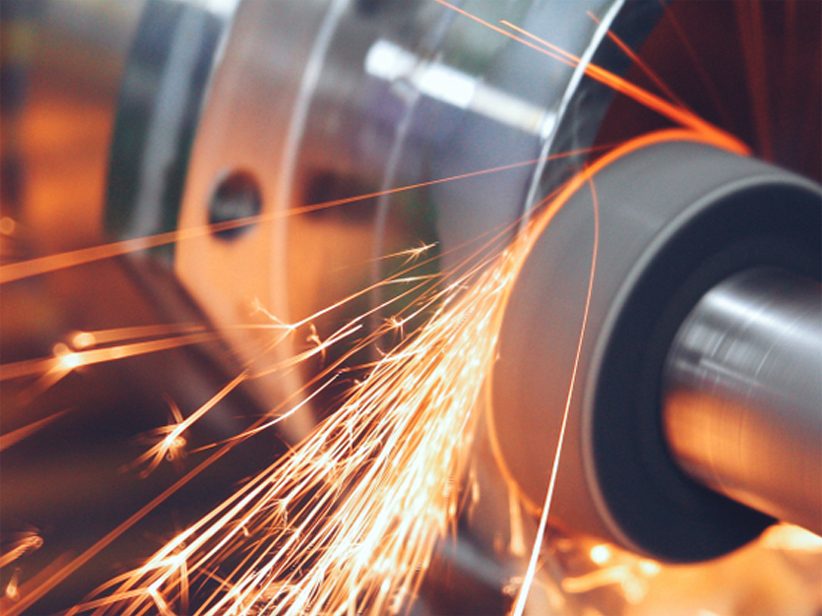Understanding Stainless Steel Composition: A Guide To Alloys And Their Properties
Stainless steel is notable for its resistance to corrosion and its adaptability. Stainless steel is ubiquitous, found in both tall buildings and domestic gadgets. This brief tutorial explores the compositions of stainless steel and reveals the mysteries of its extensive applicability in a range of fields.
Stainless steel: What is it?
Known for its resistance to corrosion, stainless steel is an alloy of metals made mostly of carbon and iron that contains at least 10.5% chromium by mass. Chromium, which provides stainless steel and its resistance to rust and other types of corrosion, is what makes the material unique. Stainless steel has several uses in a wide range of industries, including aircraft, construction, medical technology, and transportation. The exceptional qualities of the material are a result of the composition of stainless steel, which, depending on the situation, combines different components to increase strength, resistance, and flexibility. Because of these qualities, stainless steel is necessary in settings where hygienic conditions, robustness, and longevity are critical.
The Main Components of Stainless Steel
-
Chromium
Chromium makes up between 10.5% and 30% of the overall composition of stainless steel. The main characteristic of the material that this element contributes is its resistance to corrosion. Rust is avoided by the thin oxide coating of chromium that develops on the metal's surface when it is exposed to air. Stainless steel has a self-healing coating that helps it stay strong and glossy for longer, even in challenging conditions. -
Nickel
To improve the formability, ductility, and strength of stainless steel, nickel is frequently added to its constituent parts. Higher nickel-content alloys are often more resistant to conditions that are both acidic and alkaline. Furthermore, nickel gives stainless steel a brighter, more polished sheen, which enhances its visual attractiveness. -
Iron
In stainless steel compositions, iron is the base metal that makes up the bulk of the alloy. It enhances the material's overall strength and magnetic qualities. Iron is necessary to keep stainless steel structurally sound, especially in harsh environments. -
Molybdenum, Carbon, and Other Elements
The composition of stainless steel alloys includes carbon, which is essential for determining the material's tensile strength and hardness. Another essential element, molybdenum, improves the alloy's resistance to pitting and crevice corrosion, especially in situations high in chlorides.
Depending on the intended use, other elements like silicon, nitrogen, and manganese may occasionally be added to the alloy composition to improve particular attributes.
Stainless Steel Types According to Composition
It can be of many sorts, depending on the proportion of stainless steel in it.
-
Austenitic Stainless Steel
Because of its high concentration of nickel and chromium, austenitic stainless steel is the most popular kind of stainless steel. Excellent corrosion resistance and outstanding formability are the outcomes of this composition. Medical equipment, plumbing systems, and kitchenware are examples of common applications. 304 stainless steel is the most often used grade in this category. -
Ferritic Stainless Steel
Ferritic stainless steels are typically nickel-free and have a lower chromium concentration than austenitic varieties. They have less ductility and formability but provide superior corrosion resistance. Automobile exhaust systems and other applications needing a modest level of corrosion resistance at a cheaper cost frequently employ ferritic stainless steel. -
Martensitic Stainless Steel
Due to their high carbon content, martensitic stainless steels are renowned for their exceptional strength and hardness. In contrast to austenitic and ferritic varieties, they are more prone to corrosion because of their composition. Applications are frequently found in cutting tools, blades, and other items where robustness and sharpness are crucial.
The Significance of Composition
Determining the qualities and appropriateness of stainless steel for different purposes requires an understanding of its composition. The components of the alloy and their proportions help producers choose the appropriate kind.
For instance, due to their greater corrosion resistance, stainless steels with a high chromium and molybdenum content, such as austenitic grades, are preferable in areas exposed to chemicals or seawater.
On the other hand, martensitic stainless steels with a greater carbon content are advantageous for applications that demand hardness and wear resistance, such as cutlery or surgical instruments.
Selecting the appropriate composition of stainless steel alloy guarantees that the material will function at its best, endure longer, and offer the required qualities for the intended usage.
Steal the Deal
Stainless steel is popular in many sectors due to its exceptional variety of qualities, which stem from its great elemental composition. Knowing what's in stainless steel, from rust-resistant austenitic varieties to super-strong martensitic grades, helps choose the ideal alloy for each task.
Knowing stainless steel guarantees excellent performance and longevity, whether selecting materials for a large building project, medical equipment, or updating household appliances. Take a look at a variety of stainless steel goods to see why this material is so exceptional!







